Anniversary of Buddha Tönpa Shenrab’s Birth
Today, 15th day of the 1st month of the Zhang Zhung calendar, Bönpos celebrate the birth of Buddha Tönpa Shenrab. According to tradition, the Buddha of Yungdrung Bön was born 18,037 years ago in Olmo Lungring, a sacred region of Tagzig (Thazig). This is where he began teaching the way of liberation from cyclical existence and from there his teachings radiated out through space and time, reaching us here today. Excerpt from: The Four Wheels of Bön ༎བོན་འཁོར་ཚིག་བཞི།།, Oral Teachings by Lopön Tenzin Namdak Rinpoche, Transcribed, compiled and edited by Carol Ermakova and Dmitry Ermakov, FPYB, UK, 2016. Cover image:…
Read more
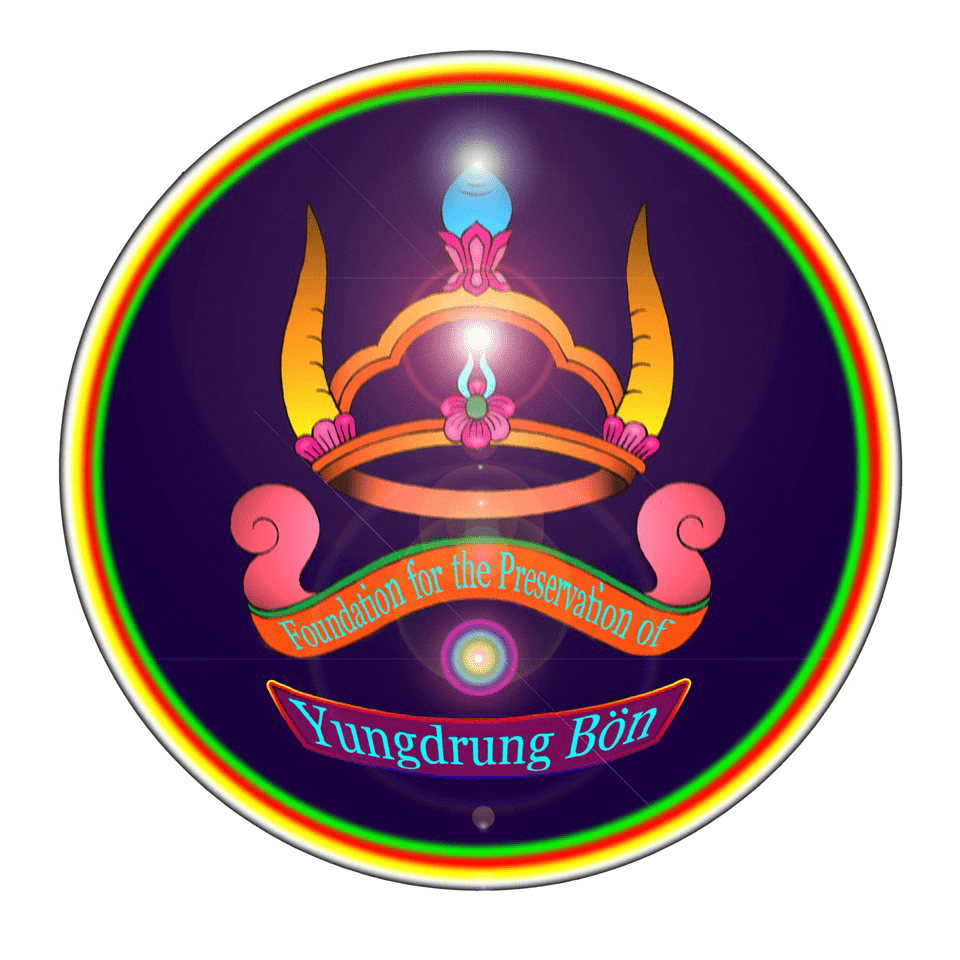
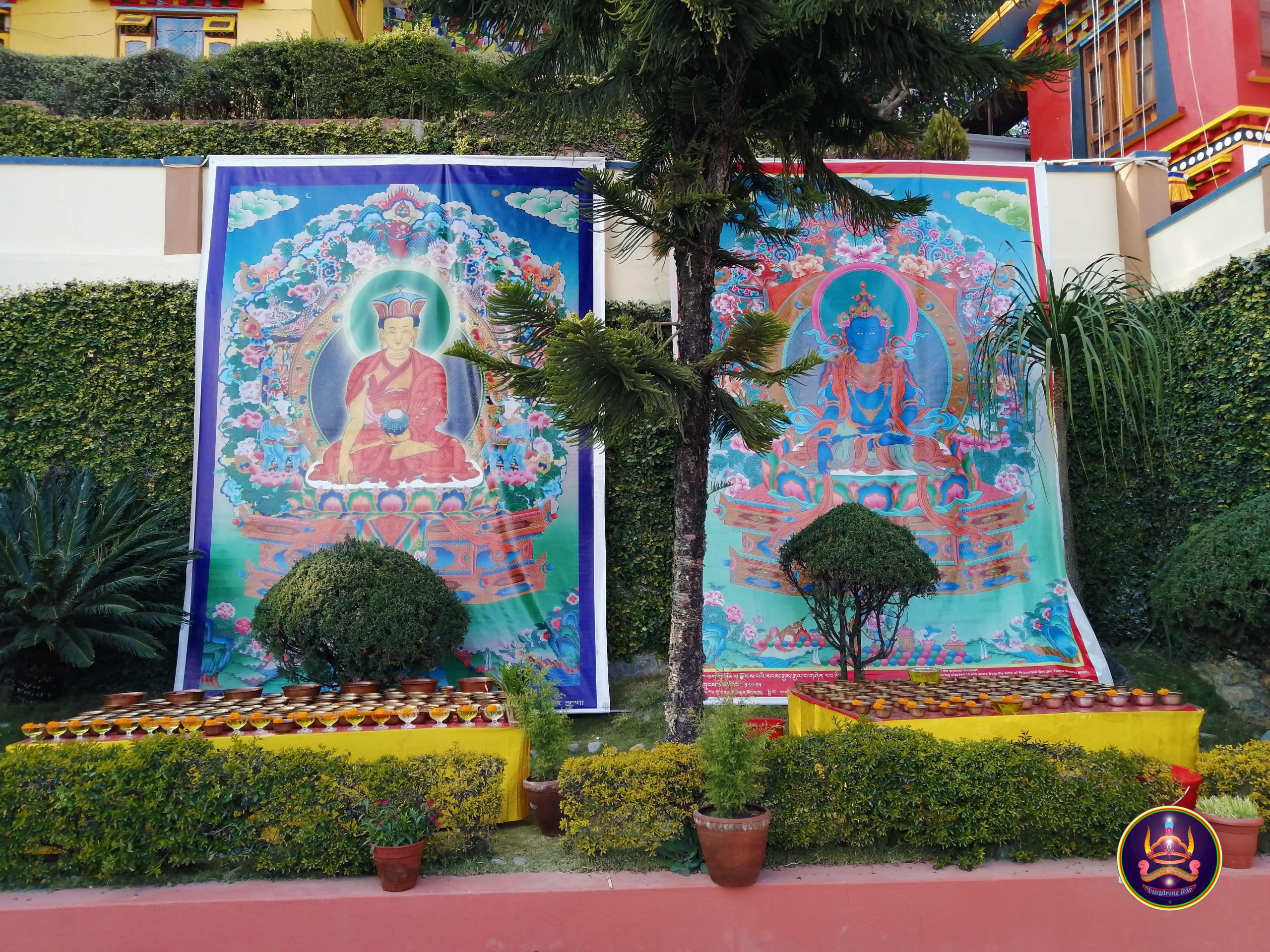
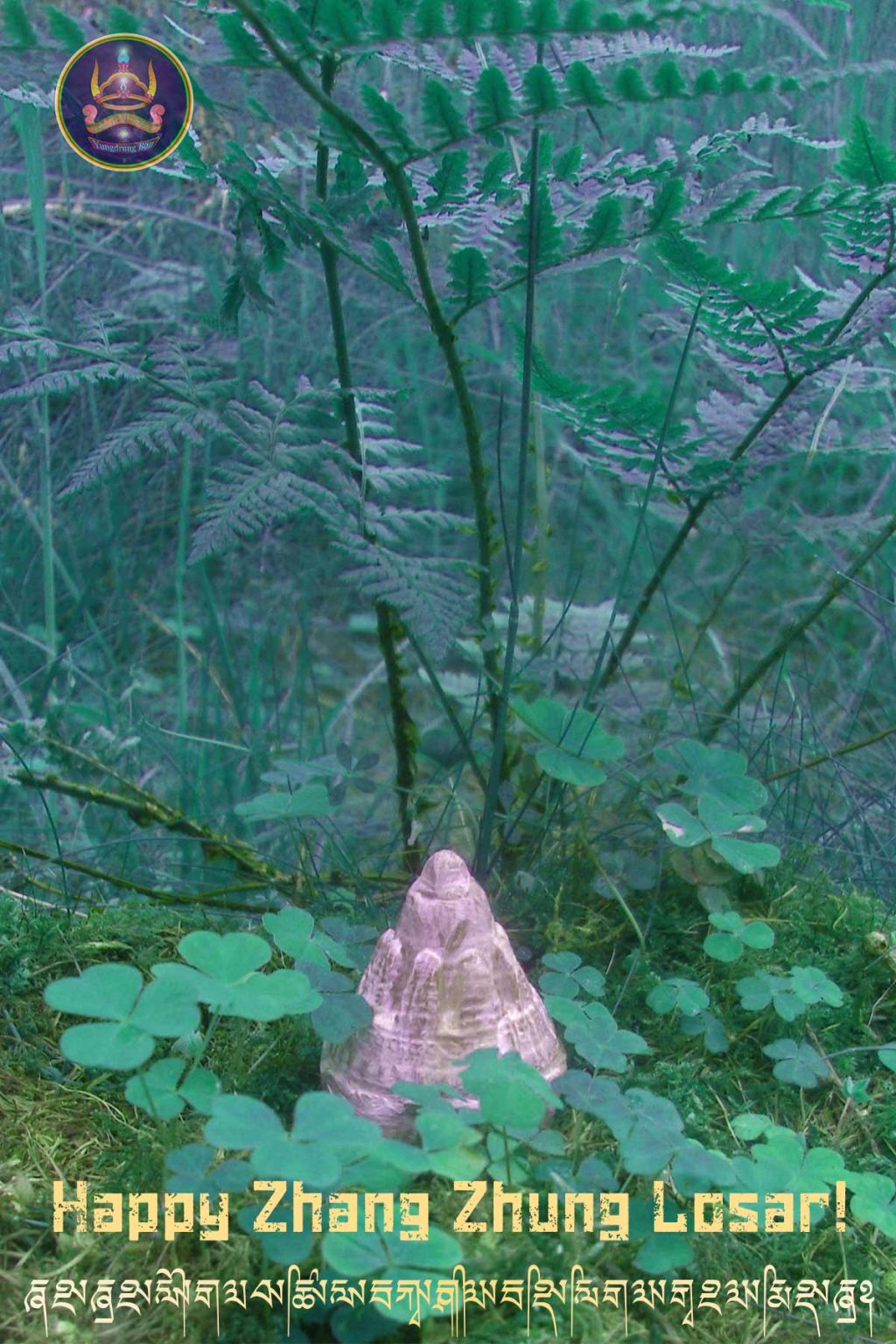
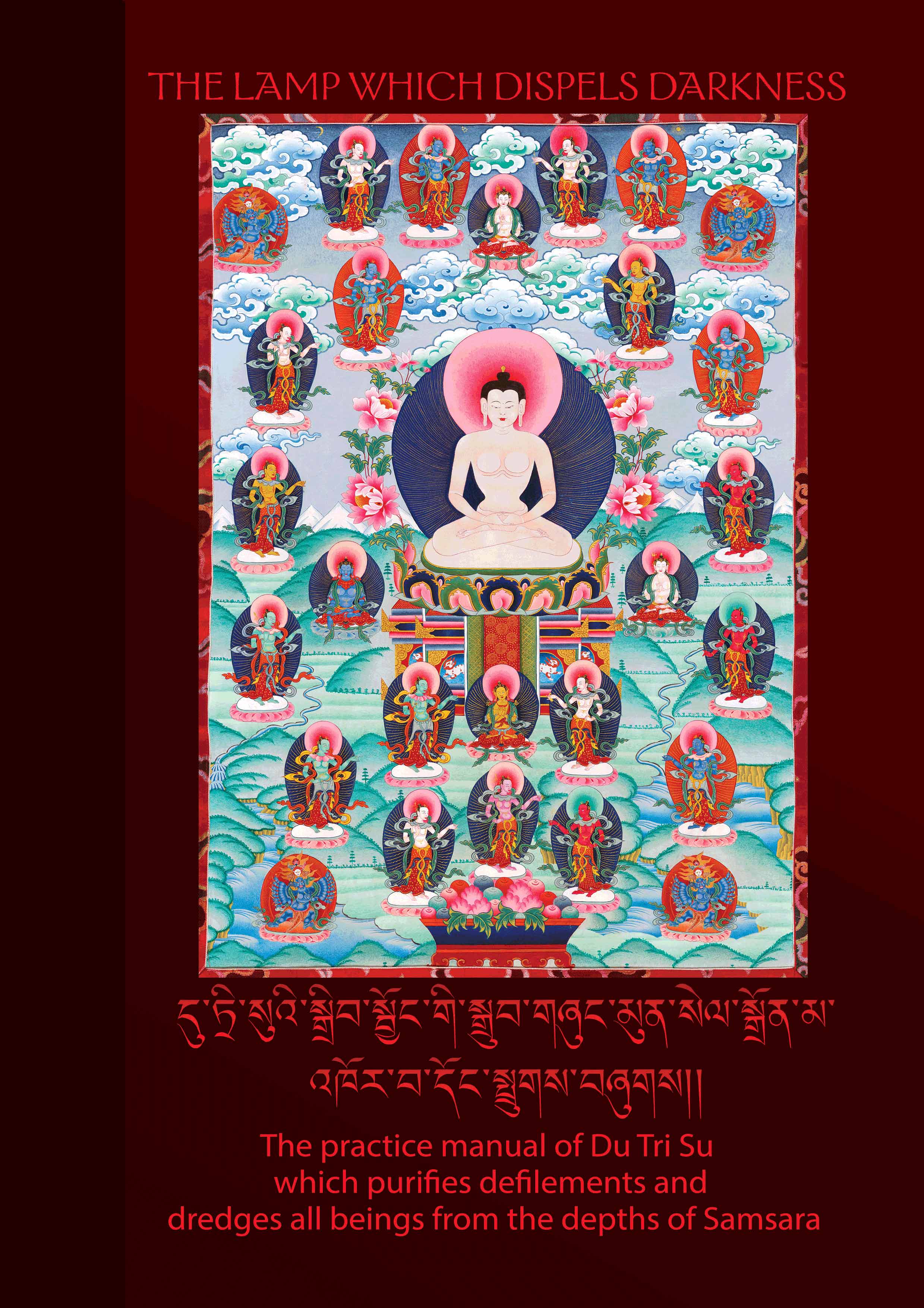
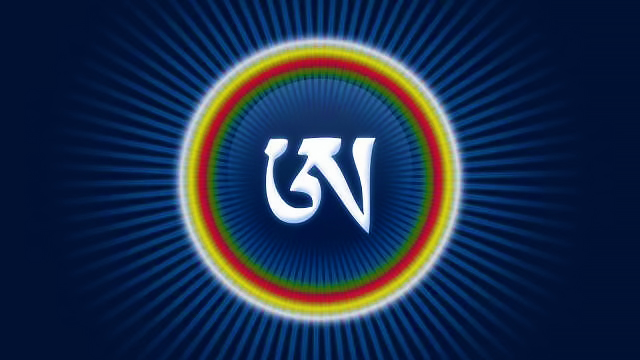
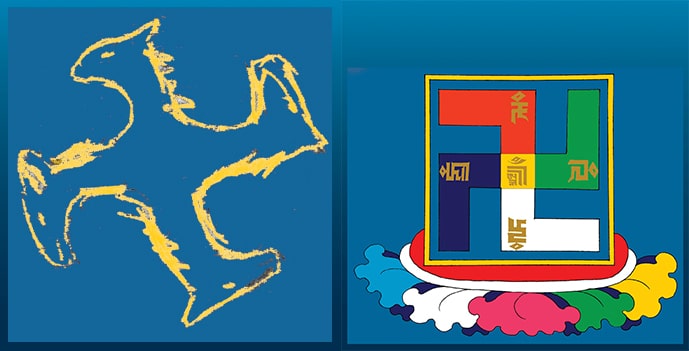
Recent Comments